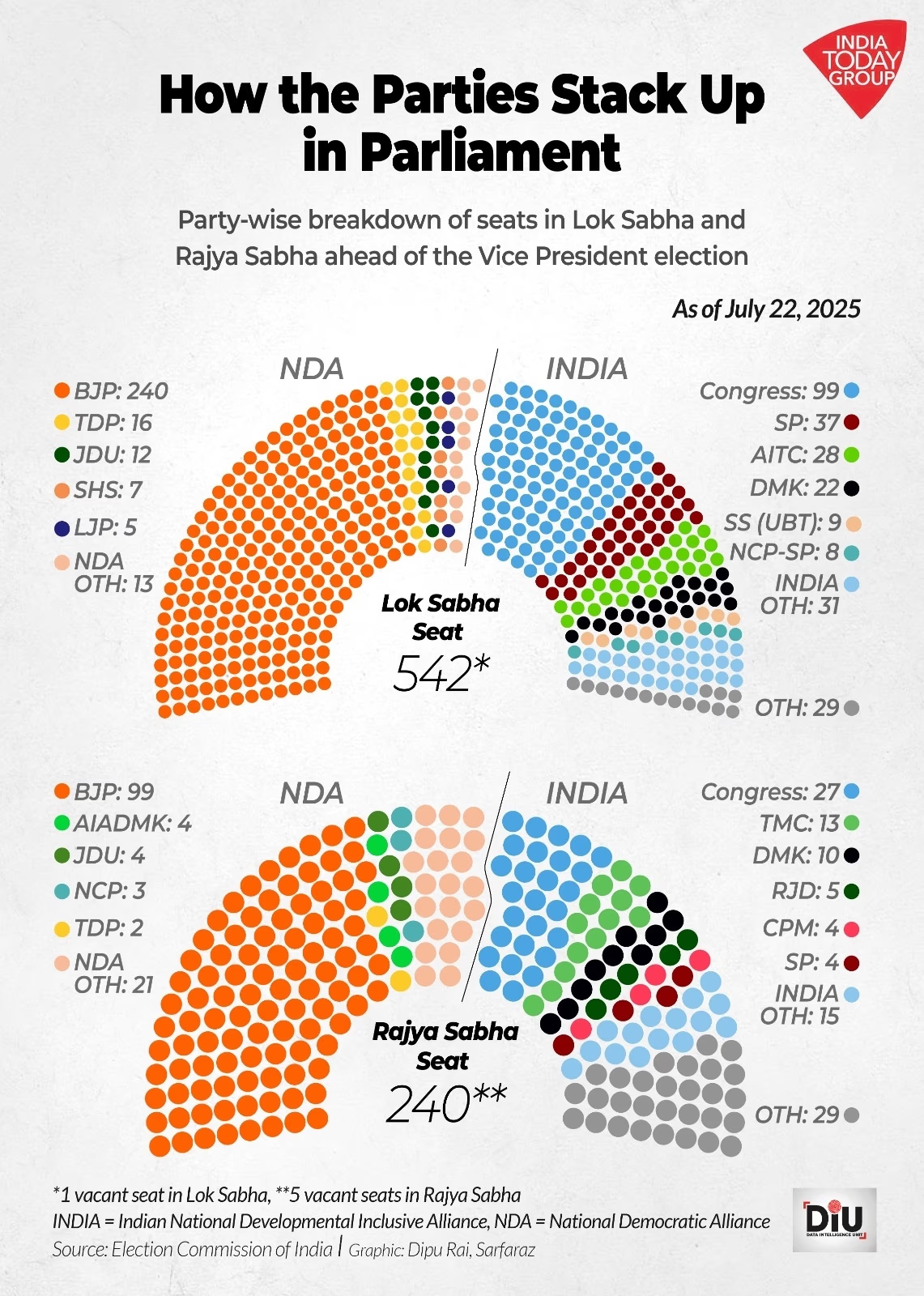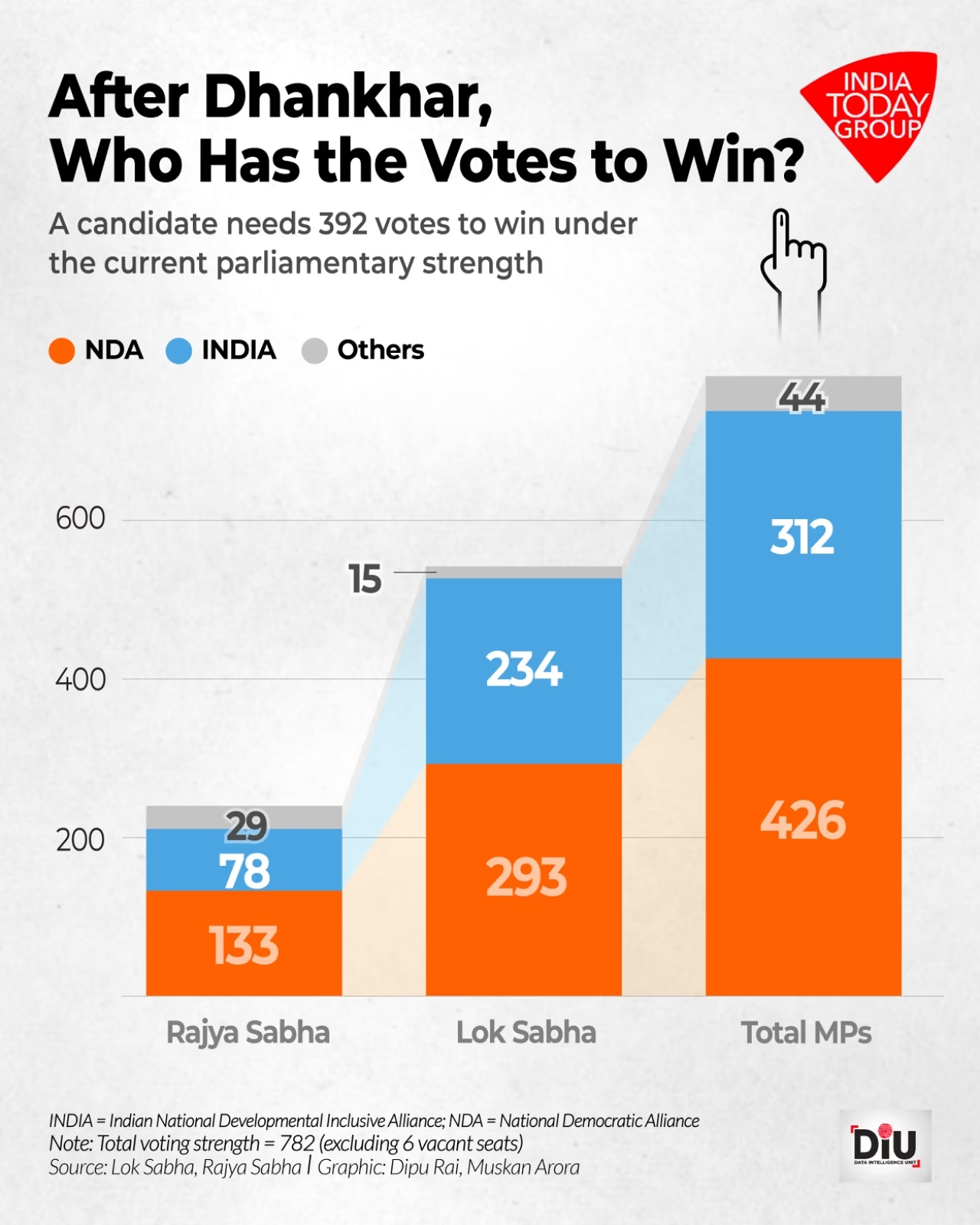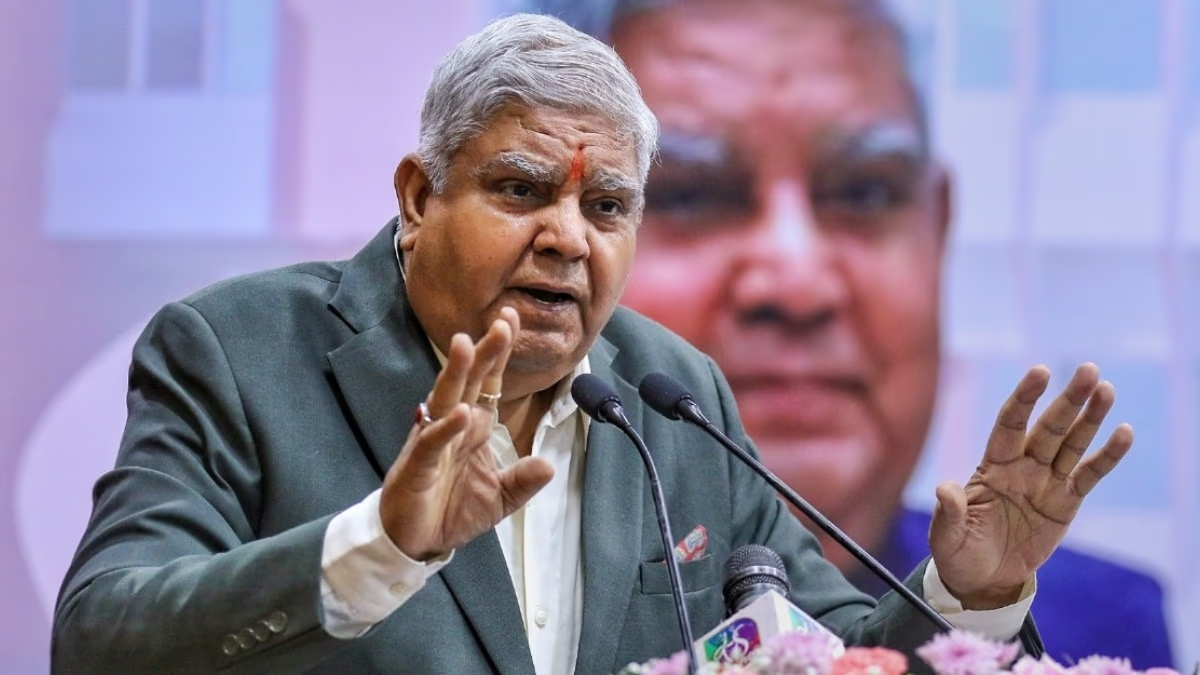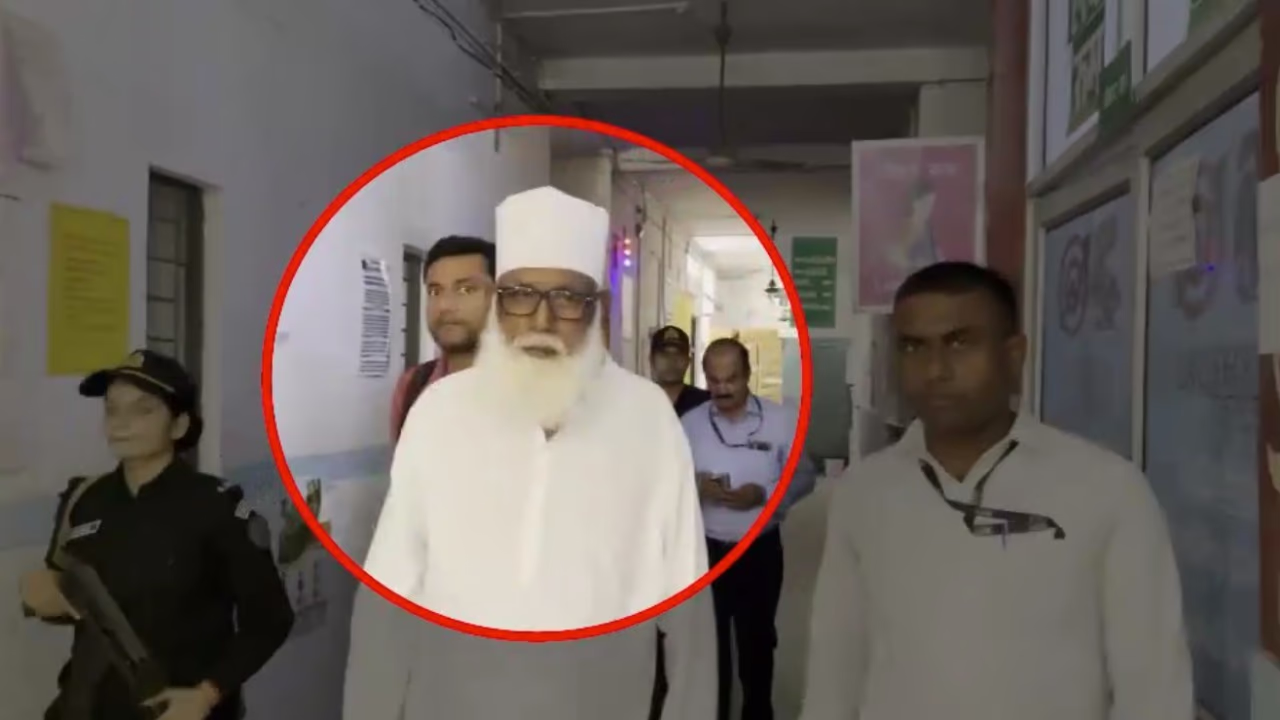After Vice President Jagdeep Dhankhar abruptly resigned on July 21 due to health reasons, a stir spread through India's political machinery. Meanwhile, Rajya Sabha Deputy Chairperson Harivansh Narayan Singh has assumed the role of officiating chairperson, which constitutionally substitutes for the Vice President.
All eyes are now on the race for the next Vice President of the country, with the Election Commission required to hold the election within 60 days before September 19. However, this isn't a direct election by the public. The Vice President is chosen by existing members of both Houses of Parliament through a system of proportional representation via a single transferable vote.
Read also:
The Vice President isn't merely a ceremonial figure and presides over the Rajya Sabha, often guiding crucial legislative debates and decisions. Before the new Vice President is elected, this role will significantly influence how important bills are managed in Parliament.

Source: aajtak
What’s Next?
Notification: The Election Commission will soon announce the election schedule.
Nominations: Political alliances will nominate their candidates.
Voting: All MPs will rank candidates in order of preference.
Results: Votes will be counted on a proportional basis to determine the winner.
Oath: The new Vice President will take the oath after results are declared.
How is the Vice President Elected?
Unlike general elections, the Vice President is selected through a single transferable vote system via proportional representation. A candidate must surpass a quota, obtained by dividing total valid votes by two and adding one to be declared the winner.
Further reading:
If no candidate achieves this quota in the first count, the candidate with the least first-preference votes will be eliminated. Their votes are then redistributed based on second preferences. This process continues until a candidate secures a majority.

Source: aajtak
782 MPs Eligible to Vote
With the current composition of Parliament, leaving out six vacant seats, 782 MPs are eligible to vote. The majority mark to win the Vice President election stands at 392. Any candidate obtaining 392 votes or more, whether through first or subsequent preference counts, will be declared the winner. However, if the opposition coalition, INDIA Bloc, cannot successfully position a joint candidate supported by independents and smaller parties, the BJP-led NDA alliance is likely to be in a strong position to appoint their candidate.




